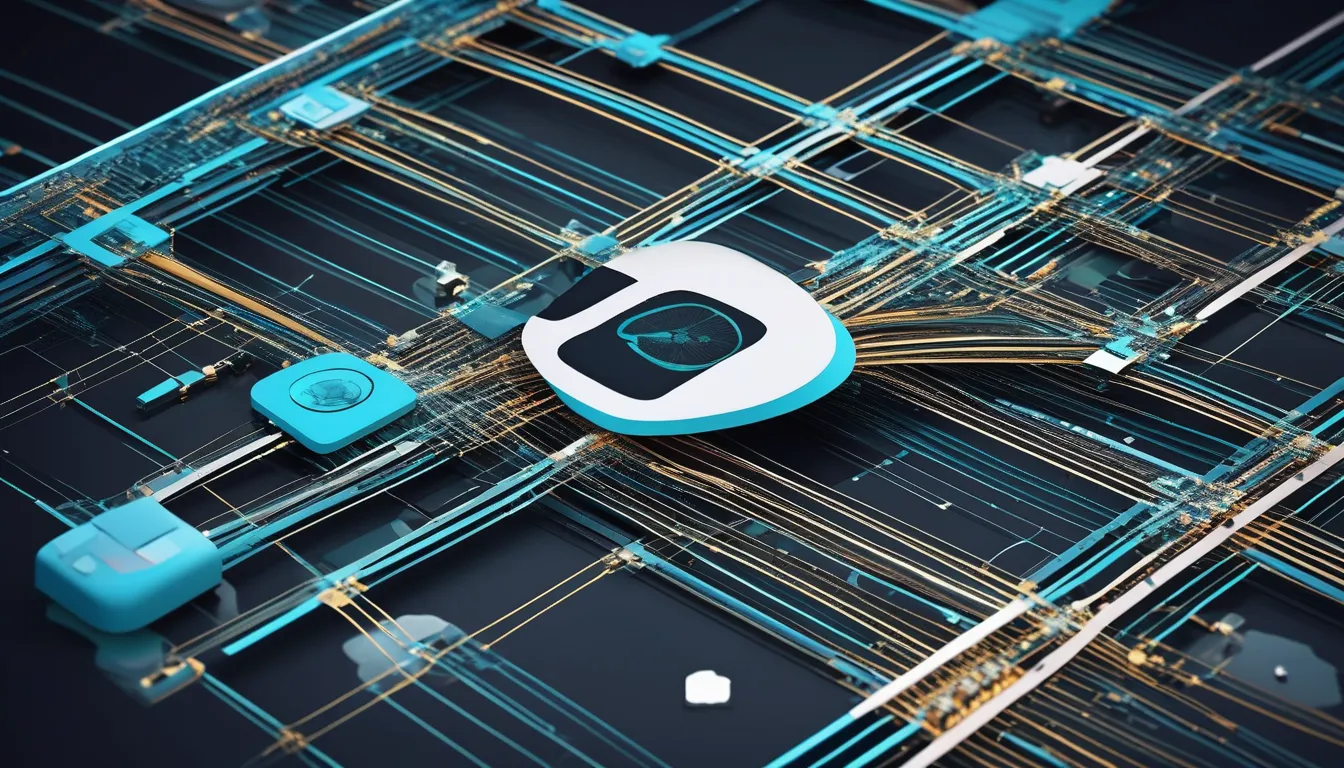
You’ve likely experienced the transformation firsthand – a doctor’s appointment that’s now a video call, or accessing your medical records online. The integration of Information Communication Technology (ICT) in healthcare has indeed brought about significant changes, but what does it truly mean for patient care? As you consider the benefits of electronic health records, telemedicine, and patient engagement tools, you might wonder: how are these innovations impacting the way healthcare providers deliver care, and what are the long-term implications for the healthcare sector as a whole?
Improving Patient Data Management
Your electronic health record (EHR) is more than just a digital version of your medical chart – it’s a powerful tool that can improve patient data management. With an EHR, you can access your medical information from anywhere, at any time, as long as you have an internet connection.
This allows you to take a more active role in your healthcare and stay informed about your medical history.
EHRs also make it easier for healthcare providers to share information and coordinate care. When you see a specialist or are referred to a new doctor, they can access your EHR and review your medical history, test results, and treatment plans.
This helps to reduce medical errors and ensure that you receive the best possible care.
Additionally, EHRs can help you track your health and wellness over time, allowing you to identify patterns and trends that may indicate a need for lifestyle changes or further medical attention.
Enhancing Telemedicine Services
Technology advancements have transformed the way healthcare providers deliver services, and telemedicine is no exception. You’re now able to access medical consultations remotely through video conferencing, phone calls, or messaging apps. This shift is especially beneficial for patients with mobility issues, those living in remote areas, or those with busy schedules. By leveraging telemedicine, healthcare providers can reach more patients, reduce wait times, and expand their services.
| Telemedicine Feature | Description | Benefits |
|---|---|---|
| Remote Monitoring | Track patients’ vital signs and health metrics in real-time. | Reduced hospital readmissions, improved patient outcomes. |
| Video Consultations | Conduct face-to-face virtual consultations with patients. | Increased patient engagement, reduced costs. |
| Electronic Prescriptions | Send prescriptions electronically to patients’ preferred pharmacies. | Improved medication adherence, reduced errors. |
As you implement telemedicine services, consider integrating these features to enhance the patient experience. This will not only improve patient satisfaction but also streamline your healthcare services, making them more efficient and effective. By embracing telemedicine, you’ll be at the forefront of the healthcare revolution, providing high-quality care to patients anywhere, anytime.
Streamlining Clinical Workflows
Streamlining clinical workflows is crucial for healthcare providers looking to maximize efficiency and reduce administrative burdens. By automating and integrating various clinical processes, you can free up more time to focus on what matters most – providing quality patient care.
Implementing electronic health records (EHRs) and practice management systems helps to centralize patient data, streamline scheduling, and reduce paperwork.
You can also leverage clinical decision support systems (CDSSs) to improve diagnosis accuracy and treatment planning. CDSSs provide real-time access to evidence-based guidelines, reducing the risk of medical errors and improving patient outcomes.
Furthermore, you can use data analytics to identify areas for improvement and optimize clinical workflows. This can include analyzing patient flow, resource utilization, and staff productivity, enabling you to make data-driven decisions to enhance your clinical operations.
Boosting Patient Engagement
With clinical workflows running smoothly, it’s time to focus on empowering patients to take a more active role in their care. You can achieve this by implementing patient engagement tools that leverage ICT. For instance, patient portals allow individuals to access their medical records, communicate with healthcare providers, and schedule appointments online.
This not only enhances patient satisfaction but also improves health outcomes.
You can also use mobile apps to encourage patients to take ownership of their health. These apps can track vital signs, monitor medication adherence, and provide personalized health advice.
Additionally, telehealth platforms enable patients to consult with healthcare professionals remotely, reducing the need netwerkbeheer hospital visits. By providing patients with these tools, you can increase their engagement and motivation to manage their health effectively.
This, in turn, can lead to better health outcomes, reduced hospital readmissions, and lower healthcare costs. By leveraging ICT, you can create a more patient-centered approach to healthcare.
Securing Health Information
Confidentiality is paramount when it comes to health information. You have a right to expect that your medical records will be protected from unauthorized access.
In the digital age, securing health information has become increasingly complex. Healthcare providers must ensure that electronic health records (EHRs) are encrypted, both in transit and at rest. This means that even if a hacker gains access to the data, they won’t be able to read it without the decryption key.
To protect patient data, you should implement robust access controls, including multi-factor authentication and role-based access. This ensures that only authorized personnel can view or modify sensitive information.
Regular security audits and penetration testing can help identify vulnerabilities and prevent data breaches. Additionally, you should educate patients about the importance of keeping their personal health information private, and provide them with tools to manage their own data securely.
Conclusion
You’re now witness to the transformative impact of ICT on healthcare. By integrating ICT, you’ve streamlined patient data management, enhanced telemedicine services, and boosted patient engagement. Clinical workflows are more efficient, and health information is more secure. As a result, patient care has improved, and healthcare costs have decreased. With continued advancements in ICT, you can expect even more innovative solutions to emerge, further revolutionizing the healthcare sector and shaping the future of patient care.
